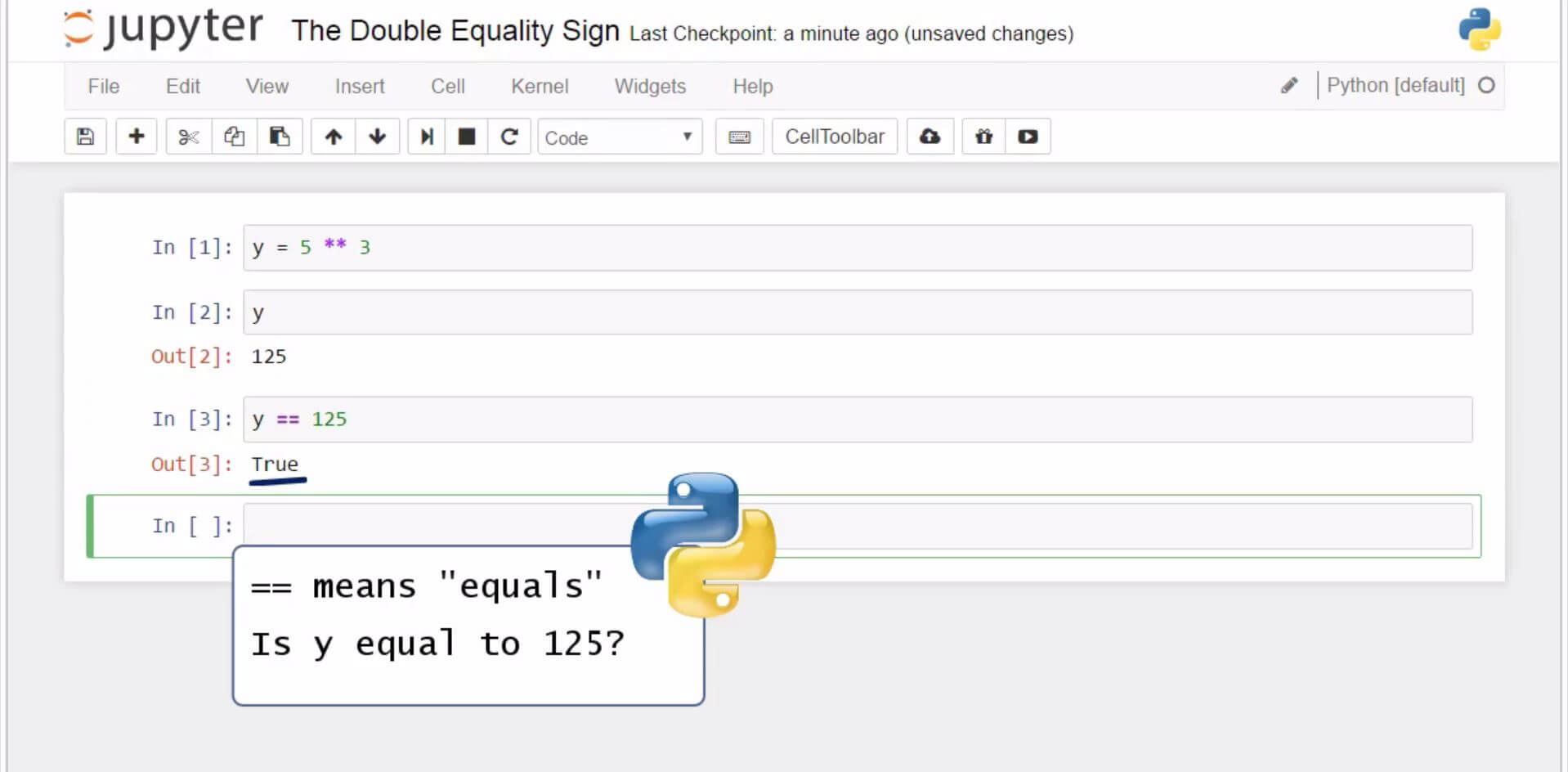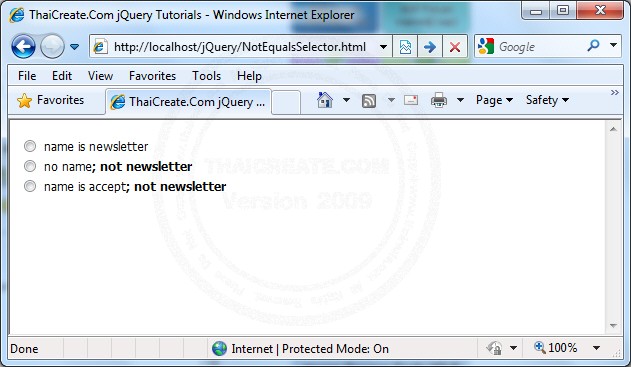

Let’s break down the different parts of the query above: Here’s an example of using the Not Equal operator in a SQL query: SELECT EmployeeId, LastName, FirstName, Title, City Let’s see some selected columns from the table: To understand how the Not Equal operator works, let’s use the employees table from the popular Chinook sample database.
#JAVASCRIPT DOES NOT EQUAL MULTIPLE VALUES ISO#
It is recommended to use, as it is in line with the ISO standard, whereas != doesn’t comply with ISO standards. For example, A != B means “A is not equal to B”īoth symbols perform the same function, and you can choose either one depending on your preference or requirements.

Some common comparison operators include: It’s frequently used in WHERE clauses to filter records that do not meet specific conditions. One important comparison operator is the Not Equal operator, which tests if the values of expressions are not equal. In SQL, comparison operators are used to compare values and create a logical expression that results in either true, false, or NULL. In this section, we’ll look at the basics of the SQL Not Equal operator, explaining how it helps refine your queries effectively. The Not Equal operator, which is the opposite of the equal comparison operator, is used to create SQL statements that return specific non-matching results. In SQL, comparison operators, such as the Not Equal operator, form the core of data filtering from a database table.
#JAVASCRIPT DOES NOT EQUAL MULTIPLE VALUES HOW TO#
How to use NOT NULL with NOT EQUAL operators in a query?.What are the differences between != and operators in SQL?.How do I filter results using the NOT EQUAL operator in SQL?.Let’s start by understanding the basics of SQL Not Equal operator! We’ll look at its basics, proper implementation in queries, interaction with various data types, and its role in more complex SQL scenarios.īy the end, you’ll have a solid understanding of how to use the Not Equal operator in SQL.

In this comprehensive guide, we’ll demystify the SQL Not Equal operator, a vital tool for effective data analysis and manipulation. This operator is particularly useful when filtering data that does not meet certain criteria, offering great flexibility in data analysis and manipulation. The SQL Not Equal operator is designed to compare two expressions and return a Boolean result, which is either TRUE if the expressions are not equal or FALSE if they are equal. One such operator is the SQL Not Equal operator, represented by the symbols ‘’ in most database management systems. SQL, or Structured Query Language, is a powerful tool used by programmers and database administrators to manage and manipulate data within relational databases.Īmong its many features, SQL provides a variety of comparison operators that allow users to compare values and filter data based on specific conditions.


 0 kommentar(er)
0 kommentar(er)
